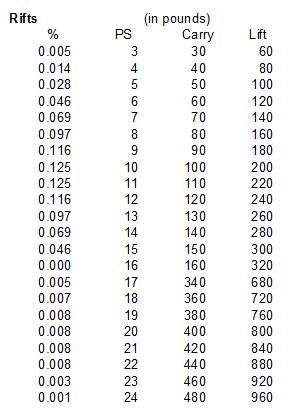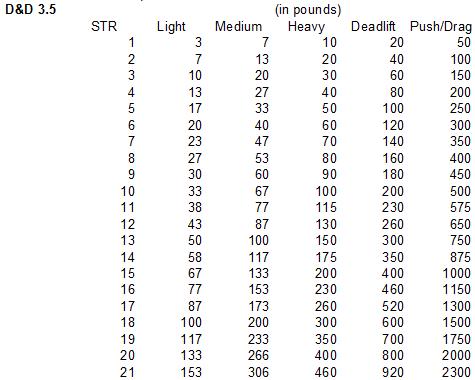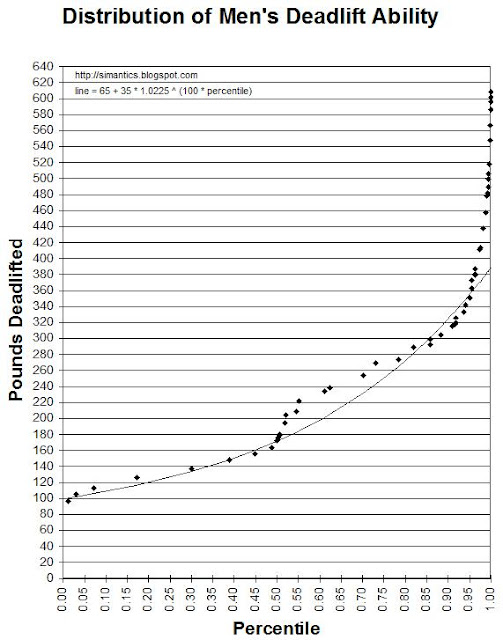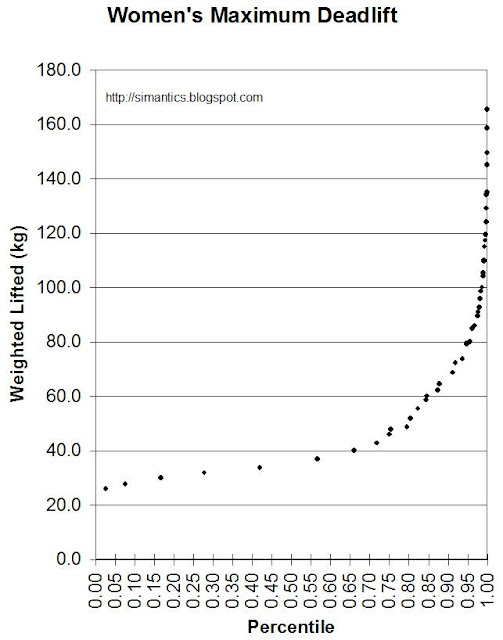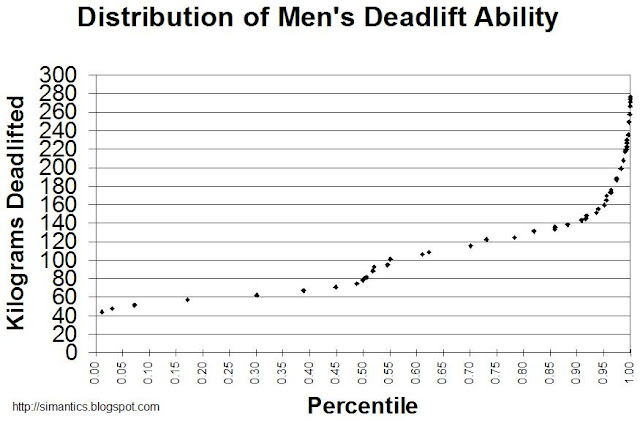Liberally perceived, Dominion is a simulation of medival rulers grabbing land through human influence and resource management. I've been playing quite a lot of the basic set, but only 2-player games. We have decided that a few cards are worth different amounts of money than they are supposed to cost, at least in a 2-player game.
- Villages normally cost 3, but we say they cost 4 (really 4.5; they sell out quickly for 4, but are not as good as cards that cost 5)
- Spies normally cost 4, but we say they cost 5
- Cellars normally cost 2, but we say they cost 3
- Adventurers normally cost 5, but we say they cost 4
- Thieves normally cost 4, but we do not get them even when they are discounted because they are double-edged swords in a 2-player game that help as often as they hurt.
It is nearly impossible for game designers to figure out in advance balanced relative costs for each character feature. This is especially due to the changes in utility across settings. Our home rules for Dominion are for 2-player games, and may not stand in 4-player games. Skills that are more useful in a space opera setting may be less useful in a post-apokalypse survival campaign. We rely heavily on the GM to be aware and clever with house rules to keep players happily balanced with each other.
A friend of mine suggested using an auction system in which players could bid on features for their characters. Of course, this would be easier to implement in online games than in table-top games, but the line there is blurring as online resources are increasingly used for (sometimes virtual) table-top play. If a disproportionate amount of players are choosing a particular feature for their characters, it should cost more. If a particular feature is underrepresented, it should cost less. This would help ensure a diverse gaming experience, and allow for better creativity with character development and play less fettered by the incentives present in an unbalanced point-buy system.

